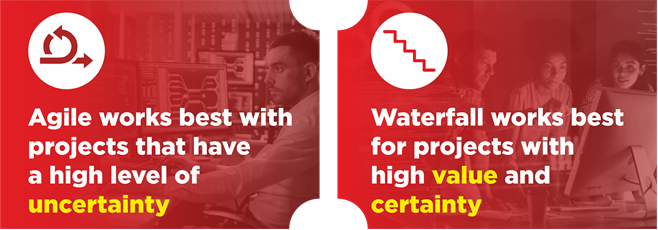
Working
Methodologies
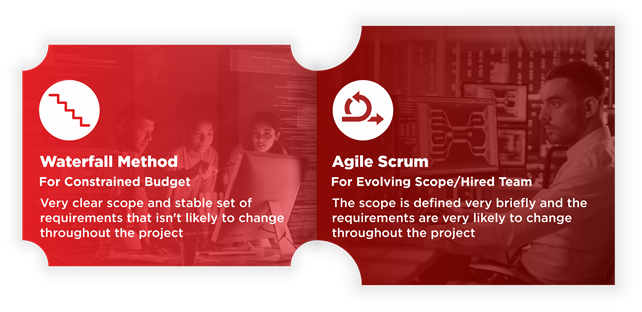
How to Engage?
Every project is unique – and hence requires a dedicated and special treatment. Besides the critical triangle of cost, time and scope, the working model between the ‘client’ and the ‘agency’ also plays a crucial role in balancing the former.
That’s why we have clear and robust project execution models which are very flexible and client-centric at their core. But before embarking on any project, whether it’s a simple website or a more complex software development, it is important we help you employ the ‘correct’ project execution model.
“A project might be completed without the use of a project execution process, but most times, the absence of one leads to the failure of it”.

Waterfall or Agile? The right process for you!
Out of the numerous project management methodologies available, we make use of the two rather popular methodologies. The Waterfall Methodology, and The Agile Methodology. Each of these methodologies has the specific type of projects they are best used with. Identifying just the right strategy and execution model based on project characteristics is a crucial decision that our team of experts helps you make.
Flexible at the core. Organized to stay in sync
Engaging with Waterfall Method

The waterfall methodology is broken down into linear, sequential phases with each phase dependent on the deliverable of the previous phase of your project. The lifecycle of a project under this method can be summarised under five segments:
discovery, definition, design, development, and delivery.
To understand if your project falls into Waterfall Project Management, it needs to take into account assumptions made about the project, project constraints, the project objective, its business needs, and the acceptance criteria of the project among other things. If all these factors are well defined and measurable, then waterfall method works for your project.
Because your project will have relatively defined features and functionality, A software requirement document (SRS) will be laid out to describe expectations and scope of the project which will be used till the final handoff of the project.
What if my requirements evolve?
Because of the uniqueness of every project, there are bound to be uncertainties during its execution. This could be anything from buggy third-party dependencies to change in existing scope. We make sure these uncertainties are identified and planned for by managing risks for your projects.
Additionally we take the time to plan out the various aspects of a project before execution, but things are bound to change as time goes on. ‘Change is the only constant’ thing in a project. Hence we have a system put in place to manage these changes. We measure the impact of changes on the existing scope, and calculate the time and cost that comes with the changes. Finally, we make sure we update the SRS document.
The Waterfall Process continues as it is meant to be, with Quality Assurance Process in the end to make sure our project deliverables tally with the predefined or revised scope of the project.
Use Cases:
The Waterfall Methodology
Engaging with Agile SCRUM Method
Continuous Iteration. Quicker Risk Mitigation
The SCRUM methodology is an implementation of the Agile project management approach that requires continuous iteration of development and testing in the software development lifecycle process. Both development and testing activities are concurrent unlike the Waterfall model.
Agile Vs Waterfall
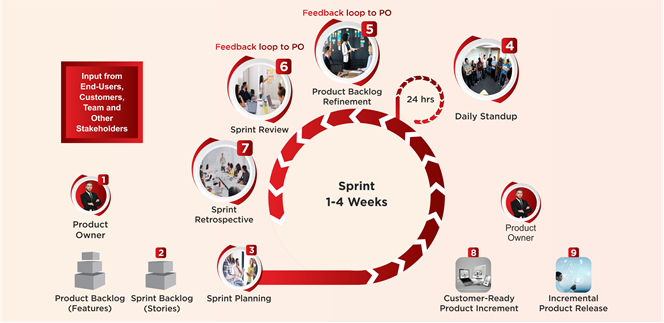
When does Agile Project Execution Model Work?
- A product requires iterative development and requires development with an integrated team.
- A product requires a faster risk mitigation strategy or a “fail-early” approach to development.
- The quality, cost and time for developing the product are important constants with flexible and varying requirements.
Roles in SCRUM
We have three key scrum roles. There is the product owner ーthe one who came up with the idea for the product, the scrum master who ensures the team members follow the agile principles and value, and then the team members themselves; they are ideally a team of seven cross-functional members.
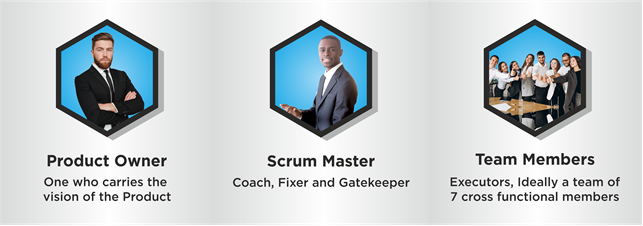
Deliverables in Agile Method

Agile Meetings
We have three key scrum roles. There is the product owner ーthe one who came up with the idea for the product, the scrum master who ensures the team members follow the agile principles and value, and then the team members themselves; they are ideally a team of seven cross-functional members.
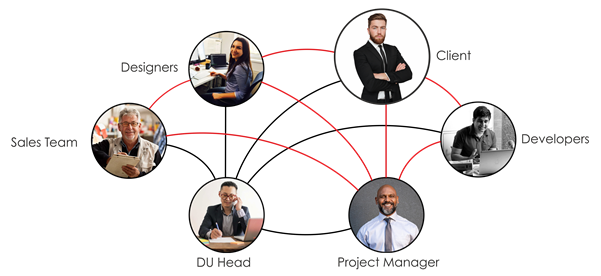
Use Cases: Agile SCRUM Methodology

Agile works best with projects that have a high level of uncertainty
Waterfall works best for projects with high value and certainty.
Both Agile and Waterfall are two different schools of thought in the project management world. The right project execution process, whether it’s Waterfall or Agile depend on the context of your project. Like we always say-Every project is unique and requires a different treatment altogether.
Contrary to popular belief, Agile methodology doesn’t work with all types of projects. For instance, if you own a grocery store, and it works well, and you want to open another one. You don’t need ‘Agile’ way of project management. It would simply be a waste crucial resources that are already scarce. How we help our clients identify if they need Agile methodology is based on the level of uncertainty, value proposition, operational and value risks involved.
Similarly, Waterfall method better known as the rather ‘traditional’ method to project management is used for better ‘quality’ standards due to its strict documentation and ‘assembly line’ production features. Well that’s not entirely true, as ‘Quality’ is subjective to a projects context. You can build quality into Agile projects just as much as you can in Waterfall projects. You can also have bad quality in Waterfall projects just like you can in Agile projects.
